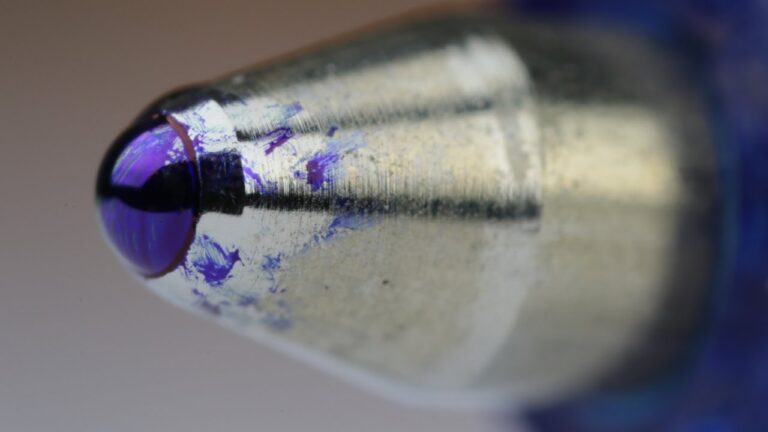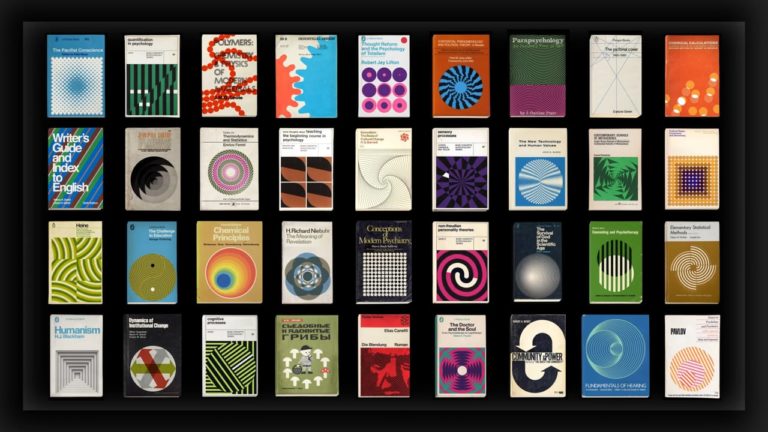In response to activation of the power source, the candle flame splits into two pieces that travel in opposite directions.
The bright flame of the candle ionizes the air molecules in its immediate area, separating them into positive and negative ions. The positive ions are heavier and move slower than the negative ions. The result is that an increasing proportion of the flame follows the positive ions as they go towards the negative plate.
The negative charge is represented by electrons, which are significantly lighter than the positive ions, and they move more quickly and easily towards the positive plate due to this. Because of this, the section of the flame that follows the negative ions is much smaller and thinner than the rest of it. This practice requires a 25kV power source to function correctly.
Additionally, in a uniform electrical field, the electrical field strength (Vm-1) is EV/d. Therefore as we move the electrodes closer together, the flame is extinguished as E1/d as the field intensity increases.
We can see the soot on the negative electrode at the end of the experiment, which is caused by the ions from the flame. It is an excellent demonstration of the separation of ions and electrons and evidence of charged ions. Also, the positive mass is greater, not that there are more of them, a slip of the tongue!
Because the demonstration is potentially hazardous, you must caution and keep students away from it. It’s also pretty difficult to extinguish the flame; I was fortunate in this regard.






